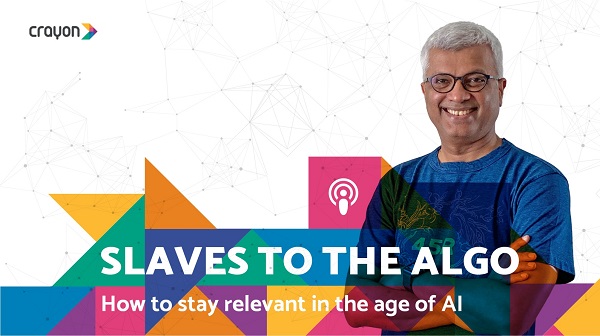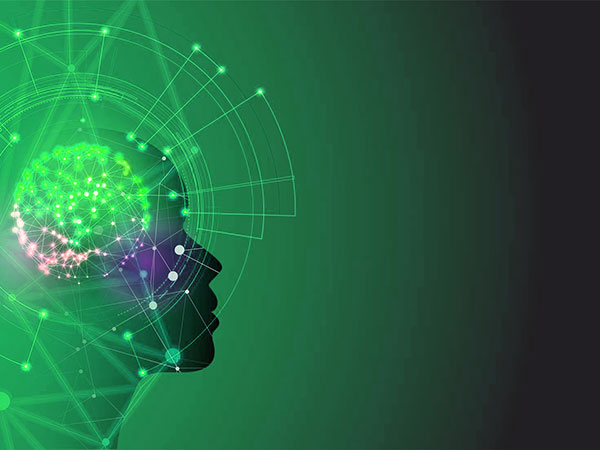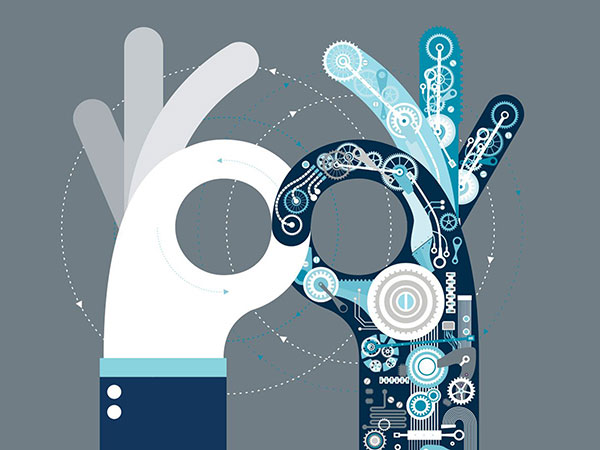The only news that matters in the world these days is how the fight against the coronavirus is proceeding.
Of special interest to most citizens are how China and Taiwan are or are not making progress in the battle. China, in particular, as ground zero for the pandemic that has spread to 180+ countries, is seen as a glimpse into the future for the rest of us who likely lag the Chinese timeline by a matter of only weeks or days.
In other words, without extraordinary unseen intervention, what happened to them is what will happen to us. As the war against the disease rages on, though, an interesting defender has arisen to fight the coronavirus. We’re talking about artificial intelligence and big data. It turns out that technology doesn’t have to be the bad guy.
Here’s how it’s making a positive difference in detection and mitigation.
Blending Big Data into the Cure
China has a population of nearly 1.4 billion, a majority of whom inhabit the numerous major metropolitan areas. As we’ve seen in New York, these urban population centers are a breeding ground for the virus and the battlefront for learning how to contain and kill it. One of the problems that made itself known early on was the sheer scope of collecting, collating, and analyzing the immense amount of field data.
This includes temperatures and travel movements, as well as the number who have been infected, recovered, and died. This is more than you would want to tabulate on your TI-30XB, especially once you try to expand to the scale of the entire Chinese population.
Enter artificial intelligence (AI) and associated big data technologies. Their entire claim to fame is in the unfathomable amount of data these algorithms can process quickly and even, over time, begin to make “intelligent” inferences based on this contemplation. Not only has this proved useful in processing the massive financial recovery efforts tied to multi-trillion dollar aid packages, but it is also contributing to life-saving efforts in the field.
Even though we’re still in the early stages of AI and machine learning (ML) development, what they can already do has been a monumental help in the face of the current pandemic outbreak.
Skeptical? Here are four ways AI/ML/Big Data makes the fight more winnable:
Better Tracking and Forecasting
There’s an old saying that if you can quantify it, then you can measure it. If you can measure it, then you can evaluate it.
When progress against a demon-like coronavirus is directly proportional to the scale of data analysis that lets us create backcast and forecast models, there is no better tool than AI. In addition to the data already mentioned, AI spreads online like a virus, scooping up all the information it can find related to news reports, government documents, and even social media posts.
More than ever before, the world’s information is literally at our fingertips. Assimilating this incessant, gargantuan flow of information allows scientists to predict outbreaks with more accuracy and lead time.
That Drone Fascination Comes in Handy
The Chinese government, which has been a bit testy about letting its citizens play with drone technology, realized early on that this method of delivering medical supplies directly to where they’re needed in the early stages of an outbreak is a good way to seize the upper hand more quickly.
It’s also a great tactic for getting supplies into a quarantined area without exposing more people to the disease. The tricky part is that you need to have hundreds, maybe thousands of these little buggers flying through the air at any one time to cover geography the size of China. You don’t do that by having thousands of virtual delivery drivers standing around with handheld remote control units.
Nope, you turn the job over to AI and let its massive capacity for sorting travel paths and destinations take over.
Sifting for the Vaccine
The real problem in overcoming an enemy like the coronavirus is the typical lag required to develop an effective vaccine. Initial estimates say it might be eighteen months before a solution is found. It’s not that scientists don’t have the skill to develop a vaccine. They certainly do. The problem lies in the laborious process of testing, predicting, failing, tinkering, and testing again, all the while honing in on the cure.
The predictive capabilities of AI programs like Benevolent AI (now that’s a scary name for a smart computer) and supercomputers owned by leading Chinese tech companies have not only been able to suggest which existing medicines might be effective but also shortened the development process by analyzing tests underway and predicting the odds on whether it is headed towards a dead end or something worthwhile.
The Healthcare Paperwork Tsunami
Unfortunately, you can’t talk about a pandemic without talking about the insurance paperwork that comes along with it. With well over a million people infected already, we’re still sitting on the left side of the rising curve with hundreds of population centers left to likely become infected.
The front end strain on hospitals and doctors’ offices is well-documented, but stop and consider the back end administrative efforts for a moment. As patient numbers escalate with no end in sight, the amount of paperwork that needs to be shuffled accurately has reached historic proportions. The good news is that cloud based platforms were already in place in many facilities, allowing for faster claim processing and less face-to-face time required between patients and the billing department.
These cloud platforms are secured by the latest encryption standards like AES, which allows health organizations to not only avoid a hacker takeover but also to stay compliant to the ever-important HIPAA patient privacy standards in the midst of the madness. European cloud hosting services like SiteGround have skyrocketed in popularity in recent weeks, as hospitals move to providers that comply with UK and EU data protection laws. Without AI involved, adhering to local compliance laws 100% of the time would be tough.
Final Thoughts
Perhaps the most important outcome of the coronavirus pandemic is to watch the way private industry and government have combined resources to fight the common enemy. As tech giants like Google falter in the U.S., Chinese counterparts like Huawei, Tencent, Alibaba, and others have stepped up to the plate without the communist party even having to twist their arms publicly.
We see the same sort of partnership evolving in the United States. Though President Trump has activated the Defense Production Act, which essentially allows the federal government to nationalize certain industries in an emergency, he has only been forced to use it in a few instances. The majority of private companies with the manufacturing facilities or tech brainpower to contribute have done so.
The bottom line is that the coronavirus has found the human race a more difficult war to wage against when we have AI as our wingman.
























